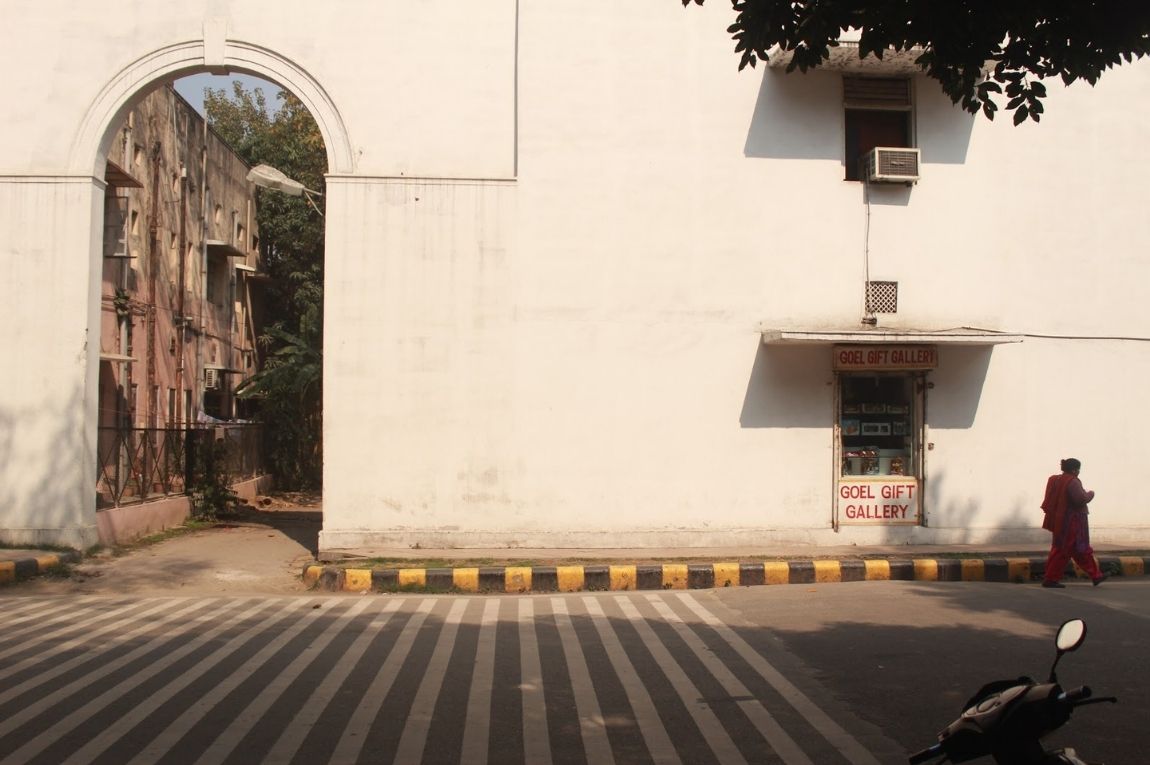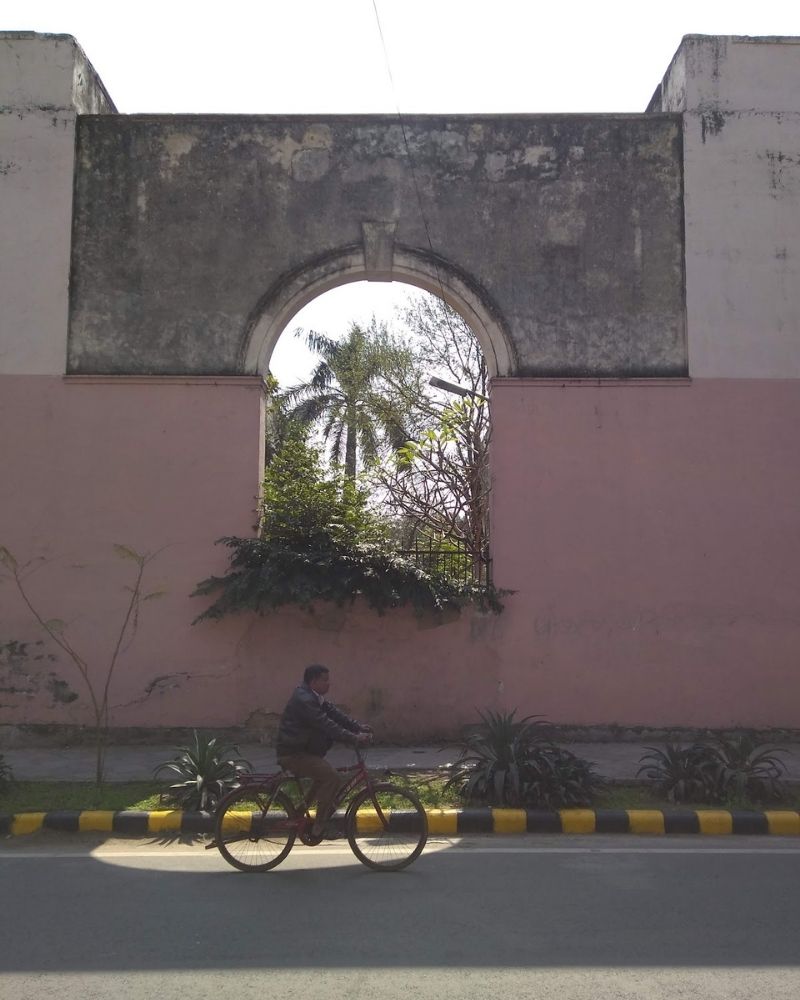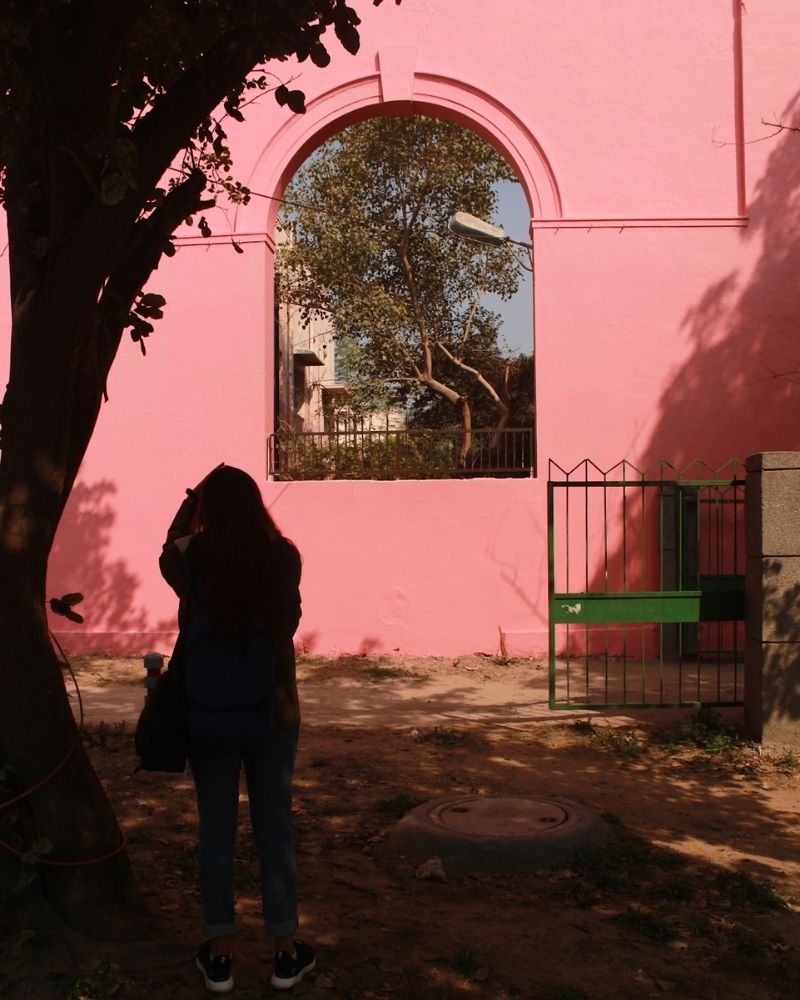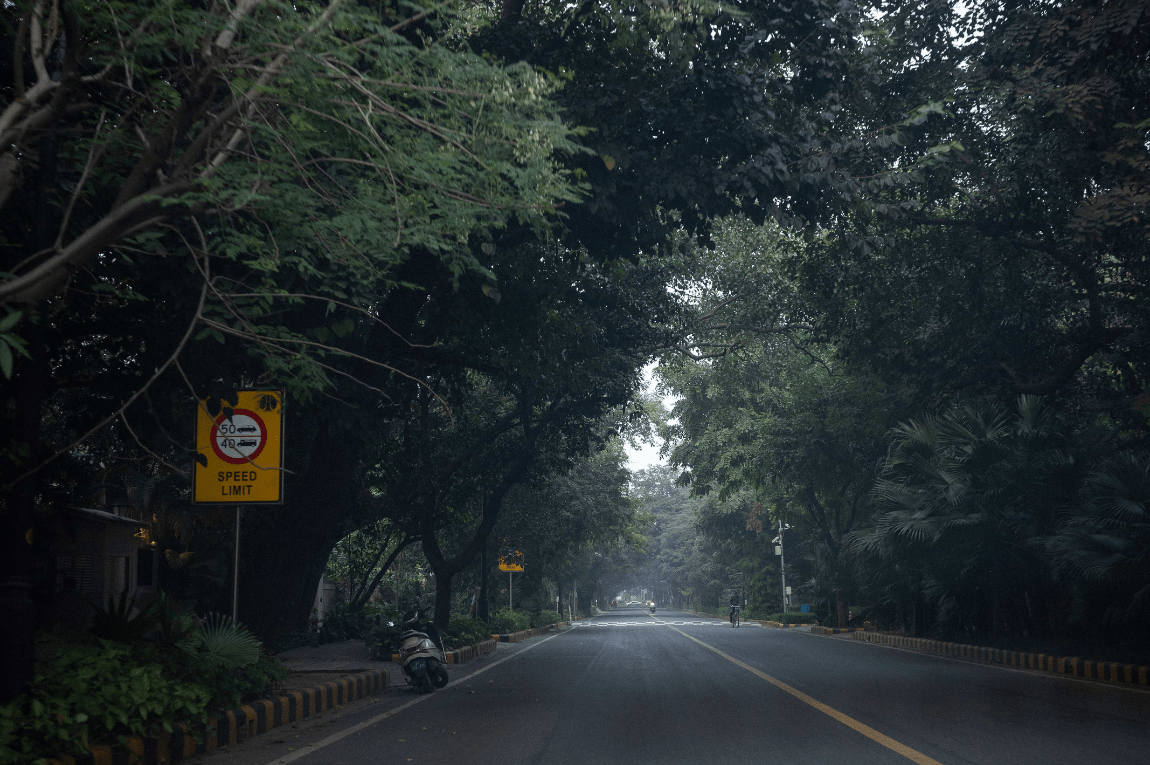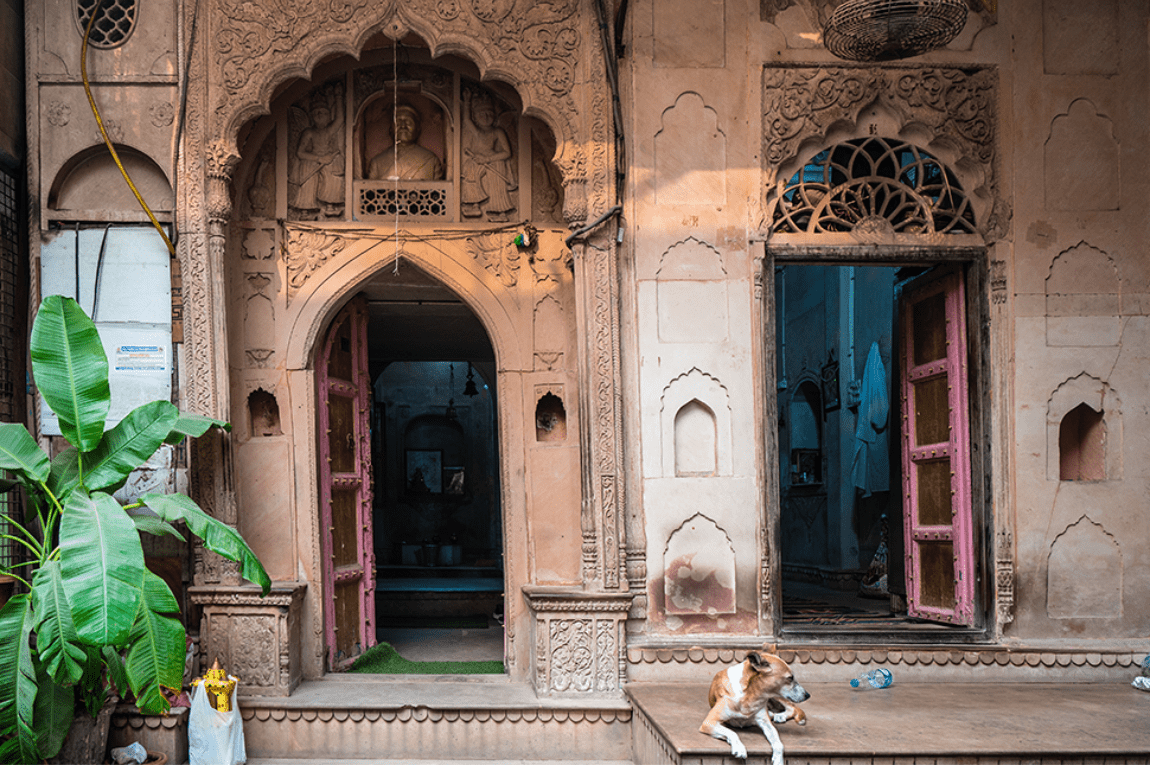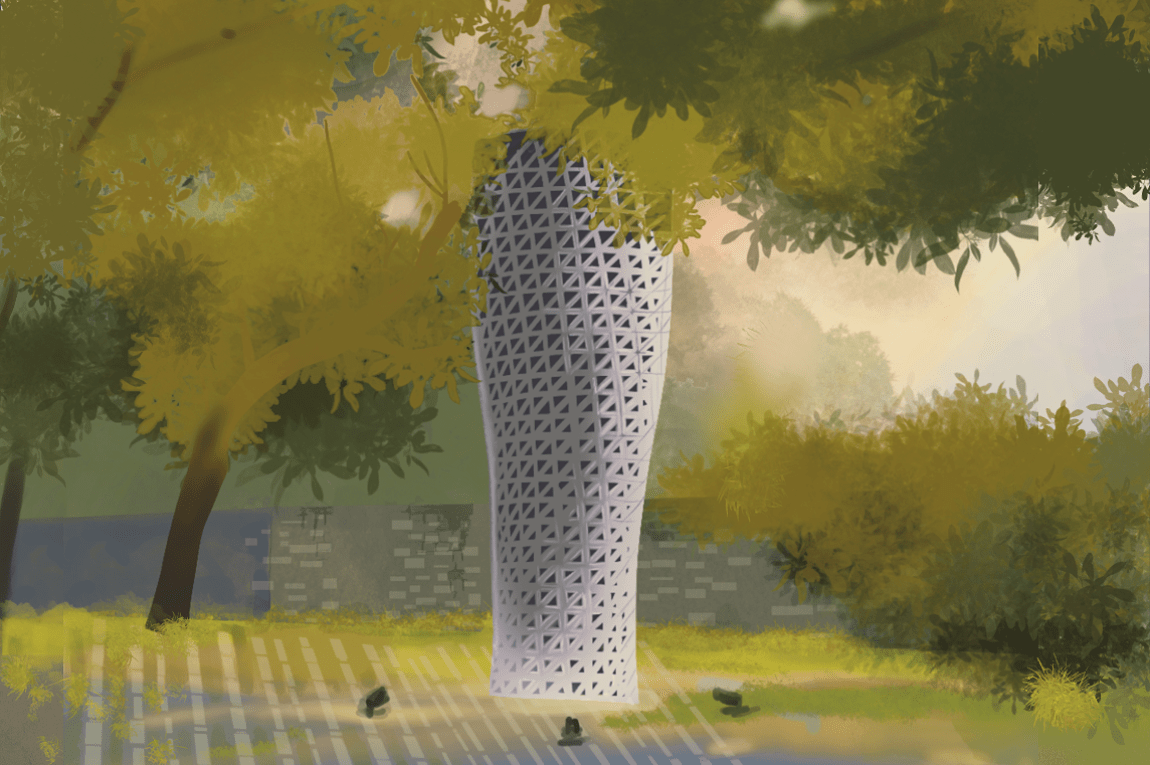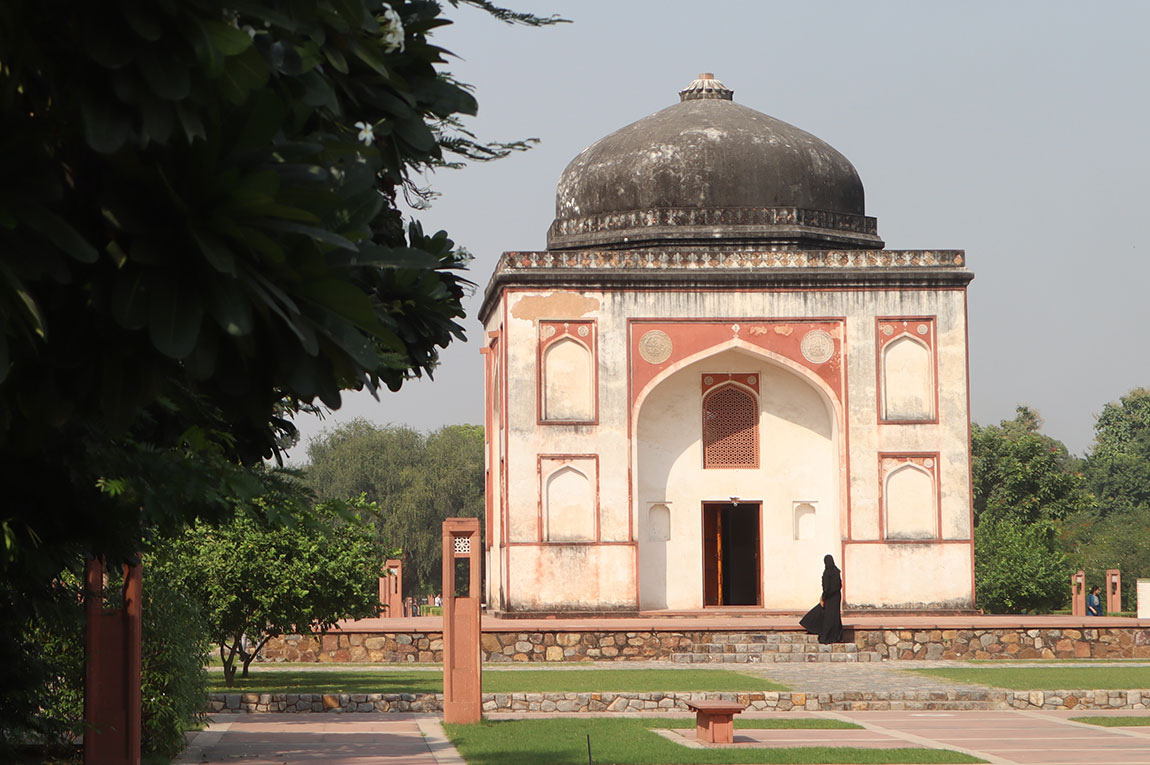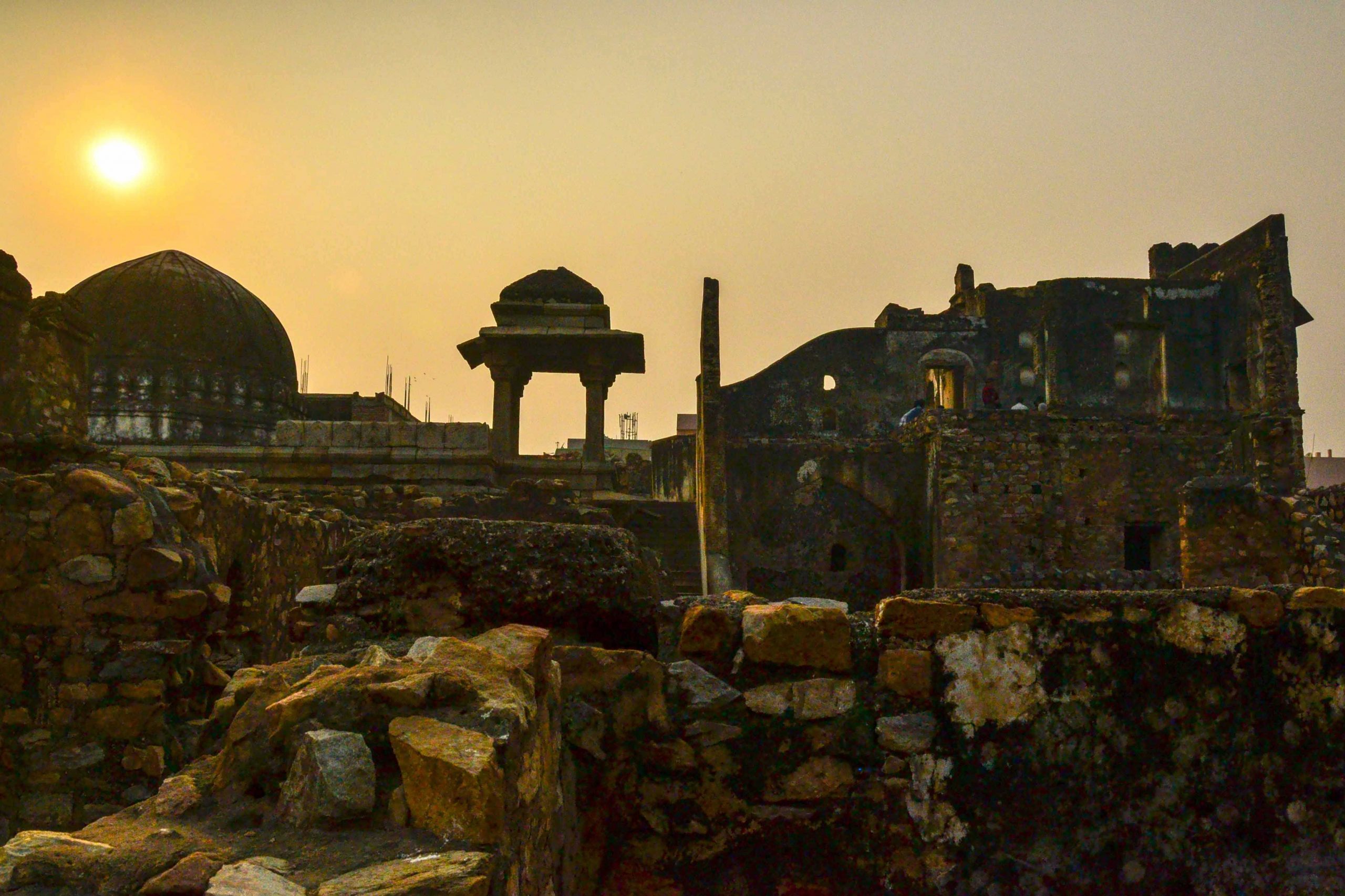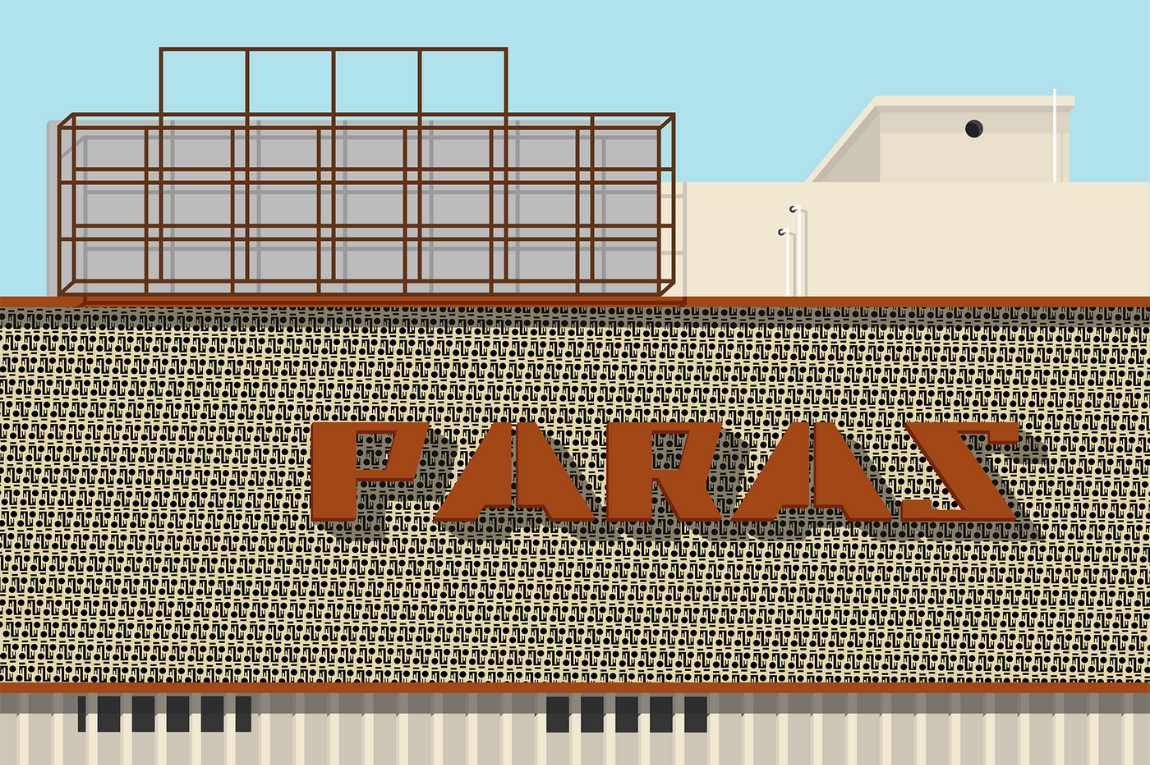Lodhi Colony is, or at least used to be, your typical government-sanctioned housing enclave. Quiet, shut-off and mostly mundane apartment blocks, neatly arranged in a grid. My mother grew up here, in the 1970s and ’80s, in a corner house of the Central Government Housing Complex. For me, for the longest time, the area remained a relic of my mother’s almost idyllic childhood. But as I grew up and eventually moved to Delhi to study art, Lodhi Colony also became a bit of an artistic spectacle itself.
Lodhi Colony was built in the ’40s as part of Lutyens’ Delhi, one of the city’s most prestigious neighbourhoods, named after British architect Sir Edwin Lutyens. Some years ago, Lodhi Colony became an ‘Instagram attraction’ as people flocked to see and take pictures of the street art on the outer periphery of the otherwise nondescript housing enclave. The murals seemed to grow out of the huge arches in the centre of the walls around each apartment block — the arch becoming a garlanded toran, the trunk of a swirling tree, or a bump in a moon rock. Over the years, the colony grew into a bustling arts district itself, and the murals became its claim to fame. But beyond these brightly painted walls lies a quaint and mellowed down portrait of life in Delhi. The arches in the interior of the colony, unadorned with public art, stand in the centre of giant walls. They are painted a pastel shade of pink, channelling the everyday mundanity of the sarkaari aesthetic. Some of these act as large, open doorways into the semi-private spaces that are encased between different apartment blocks, while others act as windows suspended a storey above the ground, offering glimpses of a hidden tropical paradise with lush frangipani, palm and banana trees.
These arches frame the liminal zone between the public and the private, with residents bringing out charpais and chairs to lounge in the sun, shell peanuts and peas in the Delhi winter and engage in chitchat. It’s a space that is as much inside their homes as it is outside on the streets. Also framed between some of these arches are pink spiral staircases, which once connected the back doors of the flats on the first floor with tiny yards below them. Once immaculately designed and finished with geometric details, these staircases are now mostly crumbling and no longer in use — but amidst the tropical foliage, they make for a beautiful sight. Monkeys and langurs often find their way to Lodhi Colony and occupy the ledges like a throne.
Once, for photography class in college, we were told to make images that captured the essence of Delhi. I chose to photograph Lodhi Colony, and found that the colony’s arches, walls, and windows created the perfect mise en scène for layered yet simple portrayals of urban life. On these photo walks, I got to explore the colony at my own pace, pausing to examine details and soak in the architecture.
This isn’t the only part of Lutyens’ Delhi that has recognisable arches. You’ll find arches with accentuated keystones, similar to those at Lodhi Colony, in Connaught Place, at countless government buildings along the Central Vista and beyond, and at the Lutyens’ bungalows.
Near Lodhi Colony, other arches go on to tell a deeper story of Delhi’s history. At Lodhi Gardens, the tombs of the 15th-century CE Lodhi dynasty bear testimony to the evolution of Indo-Islamic architecture, which is defined most prominently by the stone arches and jaalis that adorn their walls. The India International Centre (IIC), less than a kilometre away from the Colony, is Joseph Allen Stein’s modernist masterpiece from the early 1960s and it has its own interpretation of arches — minimal, starkly geometric, and made in concrete. These arches highlight three distinct styles of architecture — the traditional Islamic architecture of the tombs, an imperial classicism in Lodhi Colony, and the Indianised midcentury modern aesthetic of Stein’s IIC and other adjacent buildings. Much like the rest of Delhi, Lodhi Colony and its surrounds are a melting pot of cultures — and who knew that the arches would be telling that story!
Our selection of stays across India, best visited for their design and style. Check in
Amogh Bhatnagar is a graphic designer and maker of images, interested in books, editorial illustrations, visual identities, exhibitions, and the occasional writing and research. He is on Instagram at @_amoghbhatnagar_.
